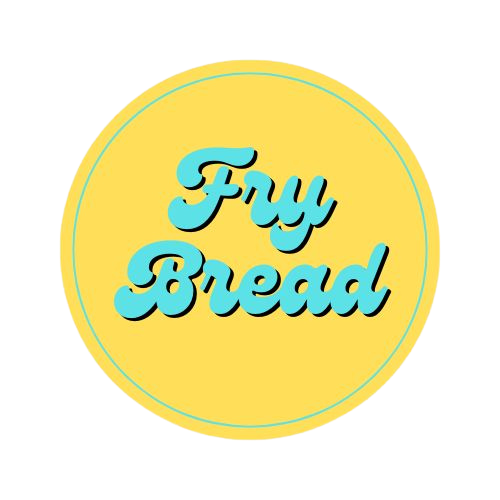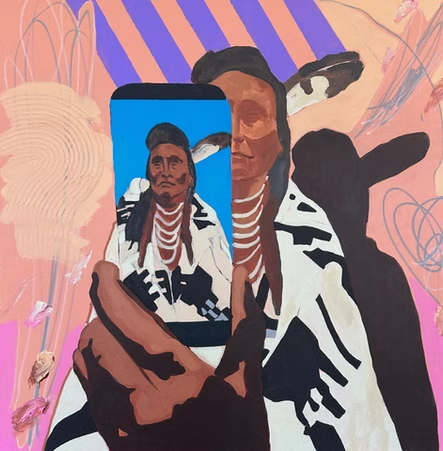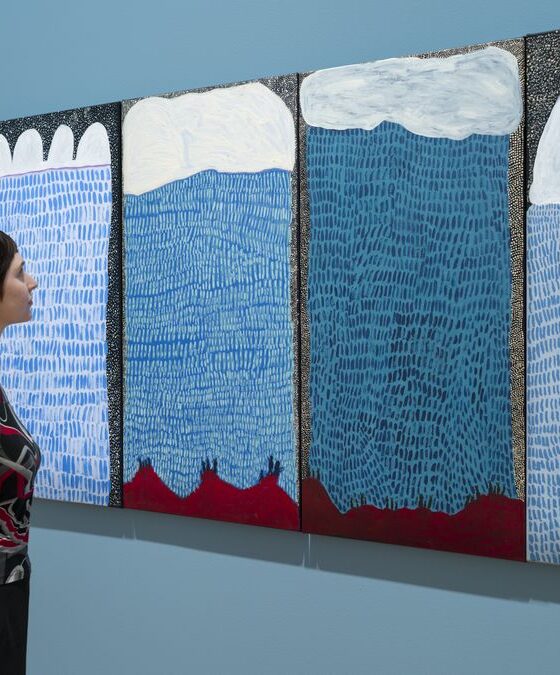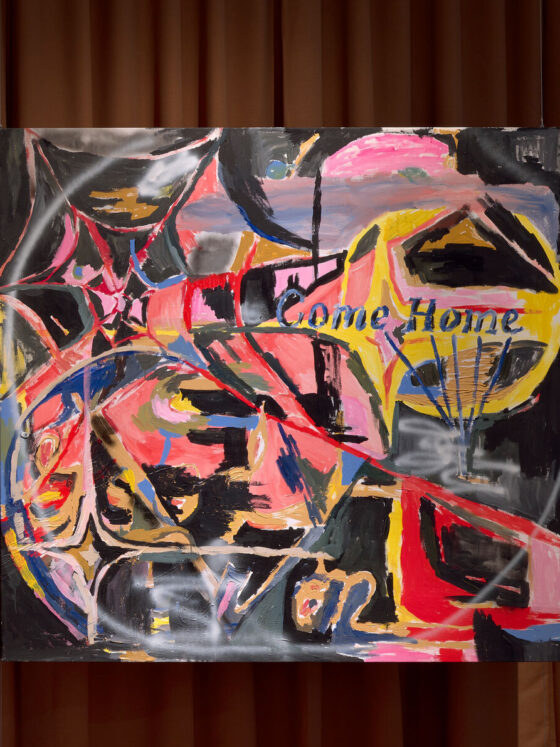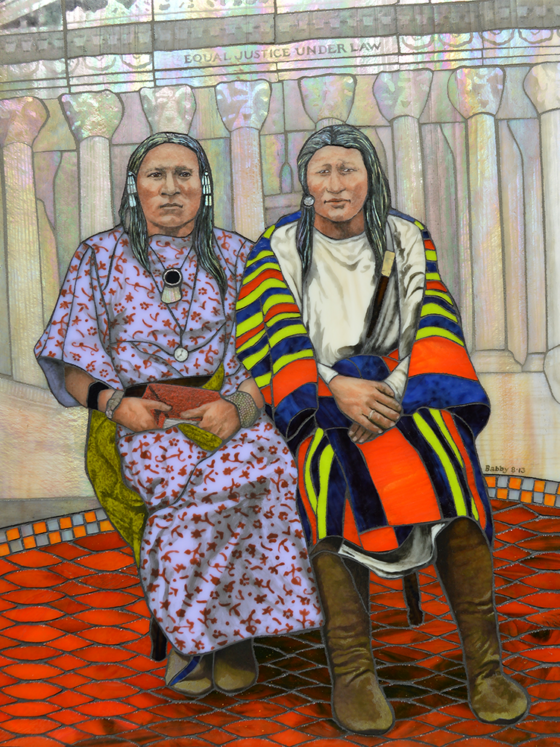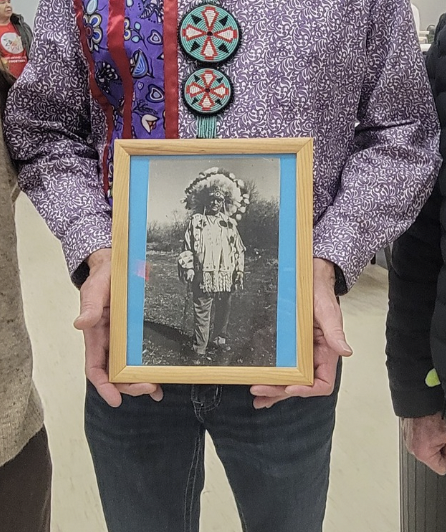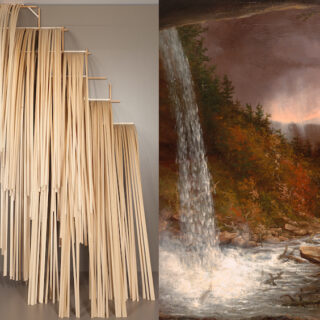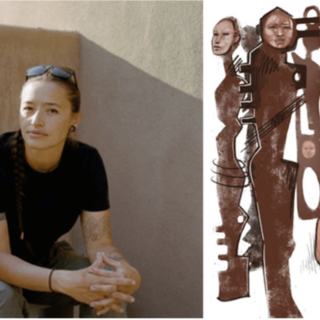Cannupa Hanska Luger: Attrition
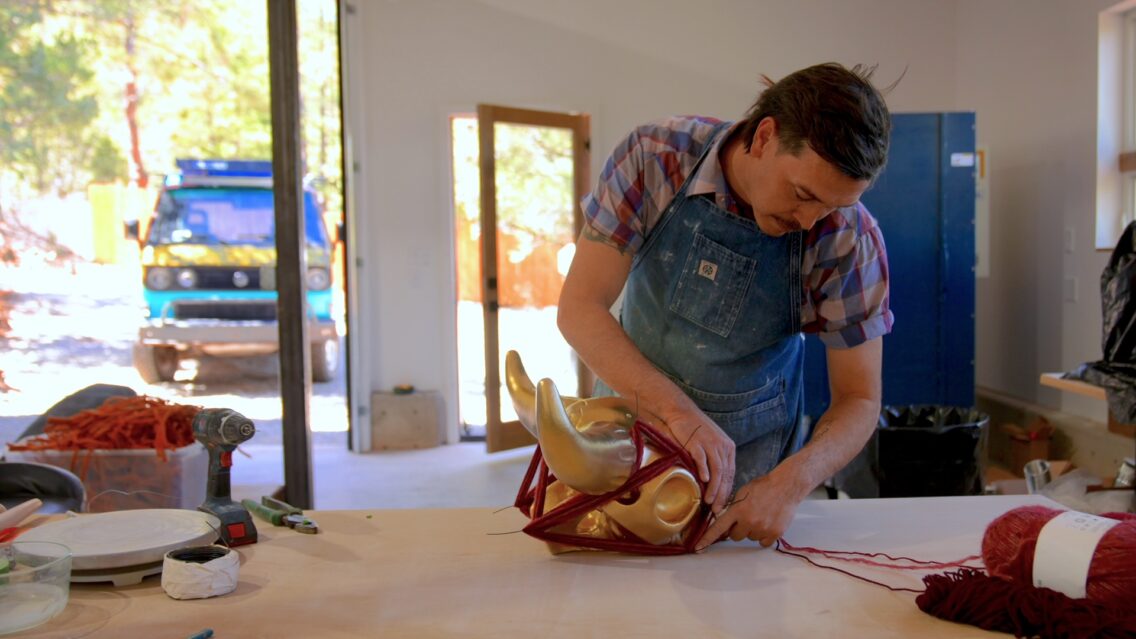
NEW YORK, NY—On June 5, World Environment Day, Public Art Fund will debut Attrition, a site-specific sculptural installation by interdisciplinary artist Cannupa Hanska Luger. Situated in City Hall Park in Lower Manhattan, Luger’s 10-foot-long steel bison skeleton will lie within a bed of grasses native to this region, highlighting the profound interdependence between animals, humans, and the land. Placed on the pathway to City Hall, Attrition symbolically engages with New York City’s heart of policy-making, bringing to light the history of the bison’s survival.
Luger, an enrolled member of the Three Affiliated Tribes of Fort Berthold from the Mandan, Hidatsa, Arikara and Lakota cultures, is a descendant of buffalo people. In his artistic practice, he presents new ways of seeing our humanity while foregrounding an Indigenous worldview. For Luger, the bison is a symbol of Indigenous resilience and sovereignty.
Between 1845 and 1895, settlers of European descent slaughtered millions of bison in the United States for profit, dominion over land, and westward expansion. The bison population declined from tens of millions to a mere 1500, driving the species to near extinction. The strategic removal of this vital source of food, clothing, shelter, and spiritual reverence for the Great Plains Native American populations forced their assimilation into Western culture. The destruction of the bison is deeply interconnected with an entire ecosystem, including the loss of plant populations naturally germinated by bison migration, and the systematic erasure of Indigenous peoples and knowledge systems.
“Displayed at the entrance to City Hall Park, Attrition invites viewers to consider how the destruction of the bison demands a larger call to reframe our relationship with nature and humanity,” said Public Art Fund Adjunct Curator Katerina Stathopoulou. “Cannupa Hanska Luger’s ongoing engagement with the bison examines the loss, displacement, and trauma that can result from a single disruption in an ecosystem and brings to light the history of the bison’s survival and regeneration.”
The sculptural work’s material composition also alludes to the romanticized “Wild West” narrative of expansion and industrialization in the United States: the steel skeleton references the production of calcium carbonate from burned bison bones, which was used for building and railroad materials and agricultural fertilizer. Engraved star-shaped symbols on the sculpture highlight the interconnectedness of land, life, and the cosmos, while alluding to the devastating ongoing consequences stemming from expansionist practices and human intervention in natural ecosystems.
“The steel material and ash black color of the sculpture reference how in the 1800s millions of bison bones scattered across the Great Plains were collected and incinerated to create materials such as calcium bicarbonate, an important component to steel production in the United States. The steel industry went on to serve a critical role in propelling U.S. domination of global markets and technological growth during a period of rapid industrialization. The historic images of this era document towering pyramids of bison skulls; these were testaments to settler force and monuments of conquest. They communicated a warning to Native Americans, asserting a haunting commitment to our destruction – and yet, we have survived,” said Luger.
Luger’s research draws on insights from diverse historical sources, including the 1869 American Navy Journal which contained a hunting directive that would see the bison population dwindle from tens of millions to near eradication by 1895, in an effort to claim land and weaken the Great Plains Indigenous populations through a war of attrition that removed this vital source of food, shelter, clothing and tool-making material. In addition to the usage of bison bones, their hides were traded by non-natives and preferred to cows’ for industrial machinery belts, due to their increased strength and elasticity.
“My ongoing exploration of bison aims to bring awareness to the importance of their impact as an apex species in the environment. Over the course of my life, I’ve developed a personal relationship with this animal – one that is on the verge of survivor’s guilt – because I know their eradication was put in place to create dominance in the Central Plains,” Luger said. “We’ve oversimplified our kinship with nature, and you can’t have a whole, complete relationship without complexity.”
Luger invites viewers to engage with Attrition through their own unique perspectives, fostering open-ended dialogue and inspiring collective action towards a more sustainable and equitable future. By weaving together past narratives with contemporary discourse, Attrition will serve as a catalyst for deeper exploration into environmental stewardship, Indigenous land history, and humanity’s true position and responsibility: not as a possessor of the land, but as an extension of it.
Cannupa Hanska Luger: Attrition is curated by Public Art Fund Adjunct Curator Katerina Stathopoulou.
ABOUT THE ARTIST
Cannupa Hanska Luger (b. 1979, Standing Rock Reservation, North Dakota) is an enrolled member of the Three Affiliated Tribes of Fort Berthold and is Mandan, Hidatsa, Arikara and Lakota – an identity that deeply informs his works in sculpture, installation, performance and video. His bold style of visual storytelling presents new ways of seeing our humanity while foregrounding an Indigenous worldview. Luger holds a BFA in studio arts from the Institute of American Indian Arts and is represented by Garth Greenan Gallery in New York.
Cannupa Hanska Luger’s work is currently on view as a part of the 2024 Whitney Biennial; he was a 2023 Soros Award Fellow, 2022 Guggenheim Fellow, 2020 Creative Capital Fellow, a 2020 Smithsonian Artist Research Fellow, and the recipient of the Museum of Arts and Design’s 2018 inaugural Burke Prize, among others. He was also the recipient of a 2021 United States Artists Fellowship Award for Craft, and was named a 2021 GRIST Fixer. Luger has exhibited nationally and internationally including at The Metropolitan Museum of Art, Gardiner Museum, Kunsthal KAdE, Washington Project for the Arts, Art Mûr, Crystal Bridges Museum of American Art, and the National Center for Civil and Human Rights.
WHEN & WHERE: Starting on June 5 through November 17, 2024, Cannupa Hanska Luger: Attrition will be on view in City Hall Park in Lower Manhattan. The exhibition can be explored anytime, anywhere, on the free Bloomberg Connects app.
VISITING THE EXHIBITION
City Hall Park is located in Lower Manhattan, and is bordered by Broadway, Chambers Street,
Centre Street, and Park Row.
Hours: 7:00am – 12:00am daily
Subways: A, C, E to Chambers Street; 4, 5, 6, J to Brooklyn Bridge-City Hall; R to City Hall; 2, 3 to Park Place
RELATED FREE PROGRAMMING
Opening Celebration
June 4, 2024
6:00 pm ET
City Hall Park, Lower Manhattan, New York City
Free and Open to the Public
Public Art Fund Talks: Cannupa Hanska Luger
October 2024 (TBC)
6:30 pm to 7:30 pm ET
The Cooper Union, Frederick P. Rose Auditorium
41 Cooper Sq, New York, NY 10008
Free and Open to the Public
ABOUT PUBLIC ART FUND
As the leader in its field, Public Art Fund brings dynamic contemporary art to a broad audience in New York City and beyond by mounting ambitious free exhibitions of international scope and impact that offer the public powerful experiences with art and the urban environment.
Bloomberg Philanthropies is the presenting sponsor of Cannupa Hanska Luger: Attrition.
Leadership support for Attrition is provided by Garth Greenan Gallery, Jennifer Sykes Harris and Elizabeth Fearon Pepperman & Richard C. Pepperman II, with champion support from Ellen & Andrew Celli, Angelo K H Chan & Frederick Wertheim, Allison & Paul Russo, and David Wine & Michael P. MacElhenny; generous support from Becky Gochman and Linda Lennon & Stuart Baskin; and major support from Ruthard C. Murphy.
Special thanks to the Office of the Mayor, Office of the Manhattan Borough President, NYC Parks’ Art in the Parks program, and our engineering partner Silman.
Public Art Fund is supported by the generosity of individuals, corporations, and private foundations including lead support from Bloomberg Philanthropies, along with major support from Abrams Foundation, the Charina Endowment Fund, The Cowles Charitable Trust, the Joseph and Joan Cullman Foundation for the Arts, The Fuhrman Family Foundation, The Marc Haas Foundation, Hartfield Foundation, William Talbott Hillman Foundation- Affirmation Arts Fund, KHR Family Fund, the Donald A. Pels Charitable Trust, Red Crane Foundation, Meyer and Deanne Sharlin Foundation, The Silverweed Foundation, and Wagner Foundation.
Public Art Fund exhibitions and programs are also supported in part with public funds from government agencies, including the New York State Council on the Arts with the support of the Office of the Governor and the New York State Legislature, and the New York City Department of Cultural Affairs in partnership with the City Council.
